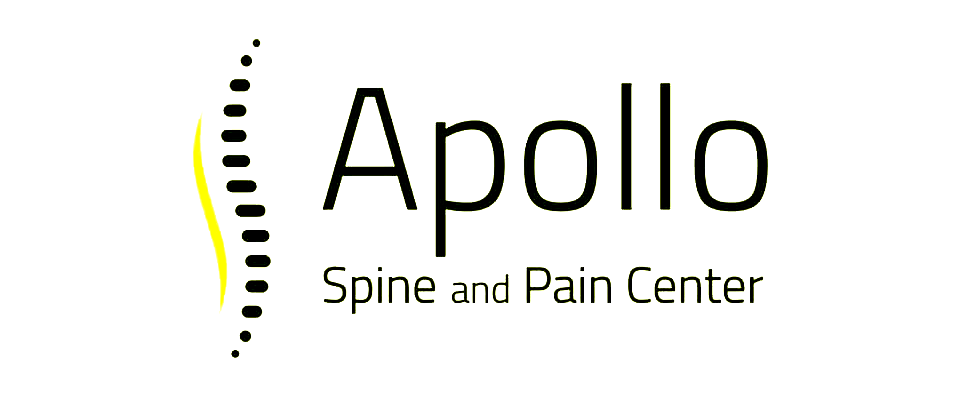Epidural Injections vs. Spinal Cord Stimulators: Choose the Right Pain Management Treatment
For individuals dealing with chronic pain, choosing the right pain management treatment can be a challenging process. At Apollo Spine and Pain Center, we understand that every patient's pain experience is unique, which is why we provide various effective treatment options, including epidural injections and spinal cord stimulators. Both of these methods can effectively alleviate pain, but they differ in the way they deliver relief and in their ideal patient candidates.
In this blog post, we will compare epidural injections and spinal cord stimulators to help you understand the differences between these two popular pain management techniques. By examining each method's effectiveness, treatment process, and ideal application, we aim to guide you in making an informed decision that best matches your pain management needs and enhances your overall quality of life.
Overview of Epidural Injections
Epidural injections are minimally invasive procedures that deliver targeted pain relief directly to the affected area. They are commonly used to treat various pain conditions, including back and neck pain, sciatica, and spinal stenosis. The injections typically consist of a corticosteroid mixed with a local anesthetic or saline solution, which helps reduce inflammation and provide immediate pain relief.
During the procedure, a pain management specialist uses fluoroscopic or X-ray guidance to inject the medication into the epidural space surrounding the spinal cord. This precise delivery ensures that the medication reaches the exact source of pain, providing targeted relief. Patients can expect to undergo a series of injections over several weeks or months for optimal results.
Advantages and Disadvantages of Epidural Injections
Advantages:
1. Targeted Pain Relief: Epidural injections deliver medication directly to the source of pain, providing targeted relief and addressing the underlying inflammation and nerve irritation.
2. Minimally Invasive: As a minimally invasive procedure, epidural injections have a lower risk profile compared to more invasive treatments like surgery.
3. Quick Recovery: Most patients experience minimal downtime following the procedure and can return to daily activities with little to no interruption.
4. Diagnostic Utility: Epidural injections can help identify the specific source of pain, providing valuable diagnostic information for the pain management specialist.
Disadvantages:
1. Temporary Relief: Epidural injections may not provide long-term pain relief as the corticosteroid's effect can wear off over time. This may require additional treatments for extended relief.
2. Potential Side Effects: While relatively rare, some patients can experience side effects from epidural injections, including infection, bleeding, weakness, or injection site pain.
Overview of Spinal Cord Stimulators
Spinal cord stimulators are implanted medical devices that use electrical impulses to modulate pain signals before they reach the brain. This treatment option is typically used for patients who have not responded to more conservative pain management methods.
During the implantation procedure, a pain management specialist places thin, flexible leads along the spinal cord, connected to a small battery-powered generator. The generator produces electrical impulses that travel through the leads, altering pain signals and replacing them with a more pleasant sensation, often described as a gentle tingling or massaging feeling. Spinal cord stimulator therapy is adjustable and can be customized to suit the patient's specific needs.
Advantages and Disadvantages of Spinal Cord Stimulators
Advantages:
1. Long-Term Pain Relief: Spinal cord stimulators can provide sustained pain relief for many chronic pain conditions by directly targeting the nervous system's pain pathways.
2. Reversible and Adjustable: The therapy is easily reversible, and the device can be adjusted or removed as needed. This allows for greater flexibility in tailoring treatment to the patient's evolving needs.
3. Reduced Reliance on Medications: Patients who find relief with spinal cord stimulators often report decreased reliance on pain medications, including opioids.
4. Trial Period: Typically, patients undergo a trial period with a temporary spinal cord stimulator to gauge their response before undergoing permanent implantation.
Disadvantages:
1. Invasiveness: The implantation of a spinal cord stimulator is a surgical procedure and carries inherent risks, such as infection, bleeding, or lead migration.
2. Device Maintenance: Patients with implanted stimulators must pay attention to device maintenance and battery management, which may add to the overall treatment burden.
3. Insurance Coverage: Some insurance companies may have strict criteria for covering spinal cord stimulator therapy, potentially limiting its accessibility for some patients.
Determining the Best Option for Your Pain Management Needs
While both epidural injections and spinal cord stimulators are effective pain management options, the ideal choice depends on the patient's specific pain condition, medical history, and treatment goals. Factors to consider when choosing between these two options include:
1. Severity and Duration: Epidural injections are often more suited for acute and subacute pain, whereas spinal cord stimulators are typically considered for chronic, more difficult-to-treat pain conditions.
2. Prior Treatments: Patients who have not found relief with more conservative treatments may benefit from exploring spinal cord stimulator therapy.
3. Invasiveness: Those who prefer a less invasive treatment option may find epidural injections to be a more appealing choice over a surgically implanted device.
4. Need for Ongoing Management: Patients who prefer not to deal with device maintenance and potential battery replacement might be better suited for epidural injections.
Ultimately, the decision between epidural injections and spinal cord stimulators should be made through a thorough consultation with a pain management specialist. By discussing individual needs and goals, the specialist can provide personalized recommendations for the most effective pain management approach.
Make an Informed Decision for Lasting Pain Relief
Both epidural injections and spinal cord stimulators are effective pain management options, offering unique benefits and drawbacks. Choosing the right treatment for your specific needs is crucial to achieving lasting relief and improved quality of life. By seeking guidance from the expert pain management specialists at Apollo Spine and Pain Center, you can make an informed decision about which treatment option is best suited to your unique pain condition and personal preferences.
Ready to find the most effective
pain management intervention solution tailored to your needs? Contact Apollo Spine and Pain Center to schedule a consultation and embark on your journey to lasting relief. With our dedicated team of specialists, advanced treatment options, and personalized approach, we can help you conquer pain and reclaim your life.












